At more than 21 days, the Ax-3 mission broke Axiom Space’s previous record from Ax-1.
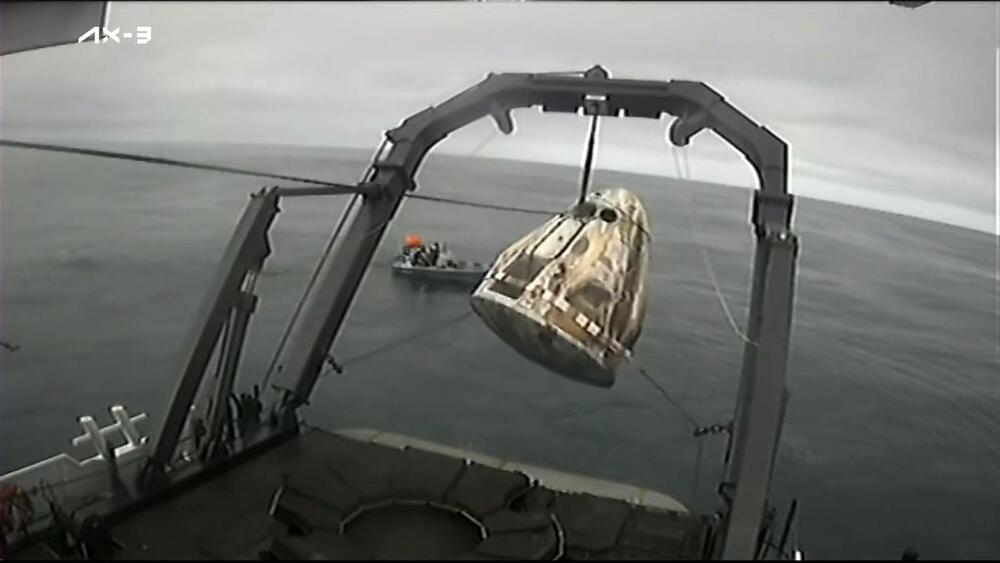

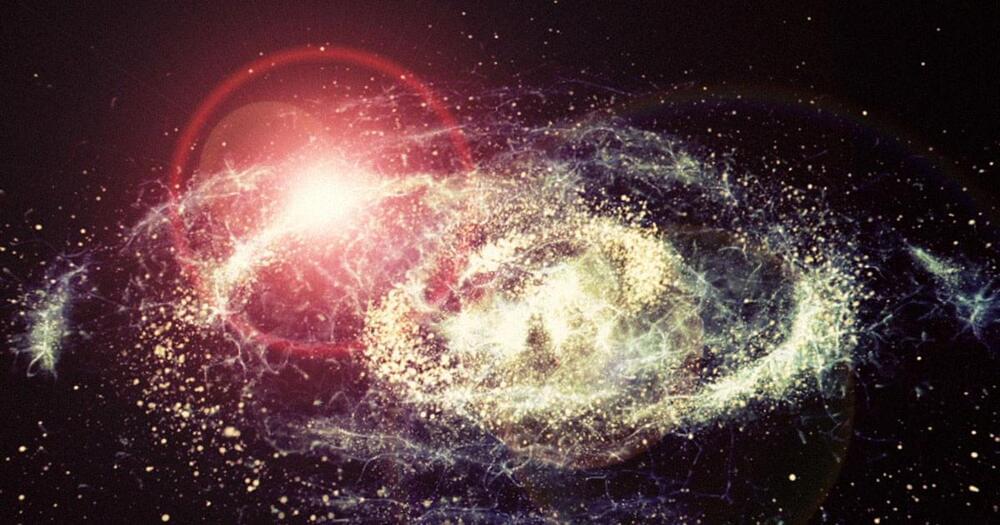
Even if they were dozens of light-years away, two colliding neutron stars could create a powerful enough explosion to wipe out life on Earth.
At least, that’s according to a recent paper published in The Astrophysical Journal, in which a team of researchers concluded that a kilonova could pose a major threat to Earth-like planets, even at formidable interstellar distances.
A kilonova is usually the result of a collision involving two neutron stars within a binary system, or when a neutron star and a black hole merge. These collisions release brain-melting amounts of electromagnetic radiation in the form of gamma-ray bursts.
This is a sci-fi documentary, looking at how warp drive technology and warp spaceships work. As well as the negative energy needed to travel at warp speed. The faster than light journey to Mars takes 18.6 seconds, but how long does it take to reach the nearest black hole?
It is a journey showing the future science of space travel, exploration, and future space technology.
Personal inspiration in creating this video comes from: Star Trek: The Next Generation, and baby Groot — Guardians of the Galaxy II.
PATREON
The first volume of ‘The Encyclopedia of the Future’ is available on my Patreon.
Along with: Timelapse of Future Technology (Master List)
Part of my ‘The Future Archive Files’ collection.
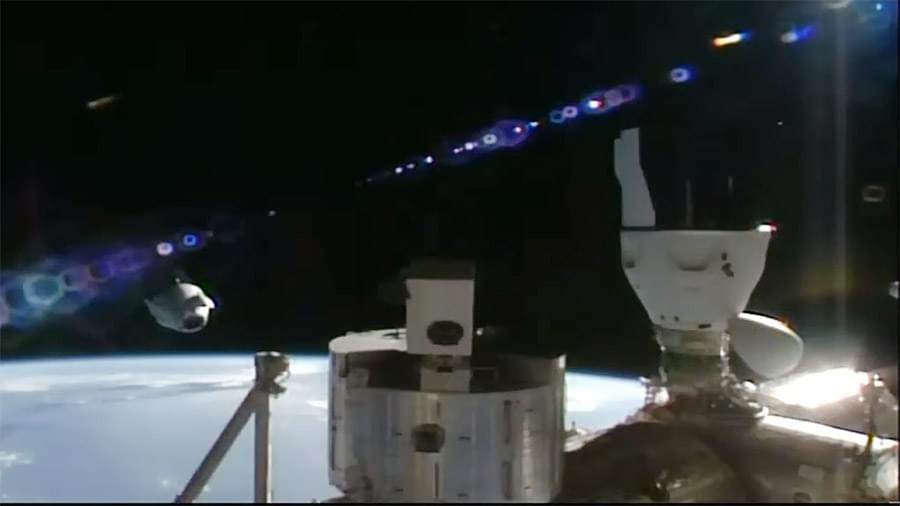
The SpaceX Dragon spacecraft undocked from the space-facing port of the International Space Station’s Harmony module at 9:20 a.m. EST over the Pacific Ocean, west of Ecuador, to complete the third all-private astronaut mission to the orbiting laboratory, Axiom Mission 3 (Ax-3).
Dragon is slowly maneuvering away from the orbital laboratory into an orbital track that will return the astronaut crew and its cargo safely to Earth, targeting a splashdown off the coast of Daytona, Florida, at approximately 8:30 a.m. EST Friday, Feb. 9.
Ax-3 astronauts Michael López-Alegría, Walter Villadei, Marcus Wandt, and Alper Gezeravci will complete 18 days aboard the orbiting laboratory at the conclusion of their mission. The SpaceX Dragon will return to Earth with more than 550 pounds of science and supplies, including NASA experiments and hardware.
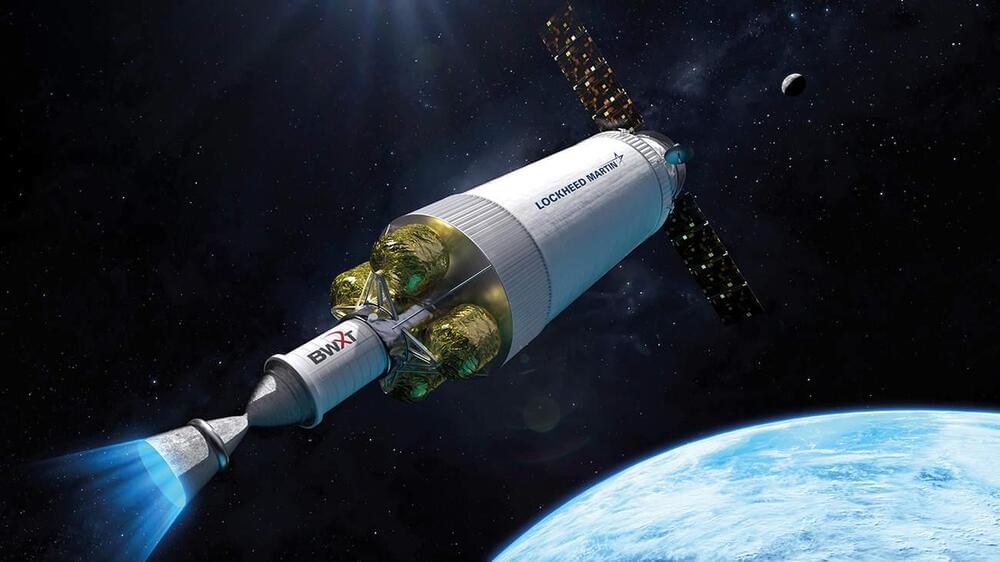
Launching rockets into space with atomic bombs is a crazy idea that was thankfully discarded many decades ago. But as Richard Corfield discovers, the potential of using the energy from nuclear-powered engines to drive space travel is back on NASA’s agenda.
In 1914 H G Wells published The World Set Free, a novel based on the notion that radium might one day power spaceships. Wells, who was familiar with the work of physicists such as Ernest Rutherford, knew that radium could produce heat and envisaged it being used to turn a turbine. The book might have been a work of fiction, but The World Set Free correctly foresaw the potential of what one might call “atomic spaceships”
The idea of using nuclear energy for space travel took hold in the 1950s when the public – having witnessed the horrors of Hiroshima and Nagasaki – gradually became convinced of the utility of nuclear power for peaceful purposes. Thanks to programmes such as America’s Atoms for Peace, people began to see that nuclear power could be used for energy and transport. But perhaps the most radical application lay in spaceflight.
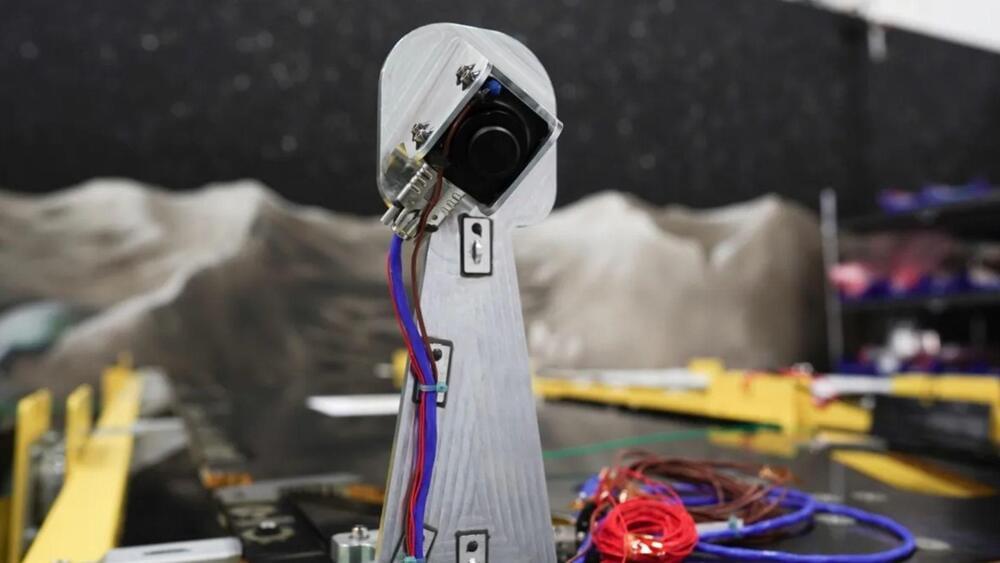
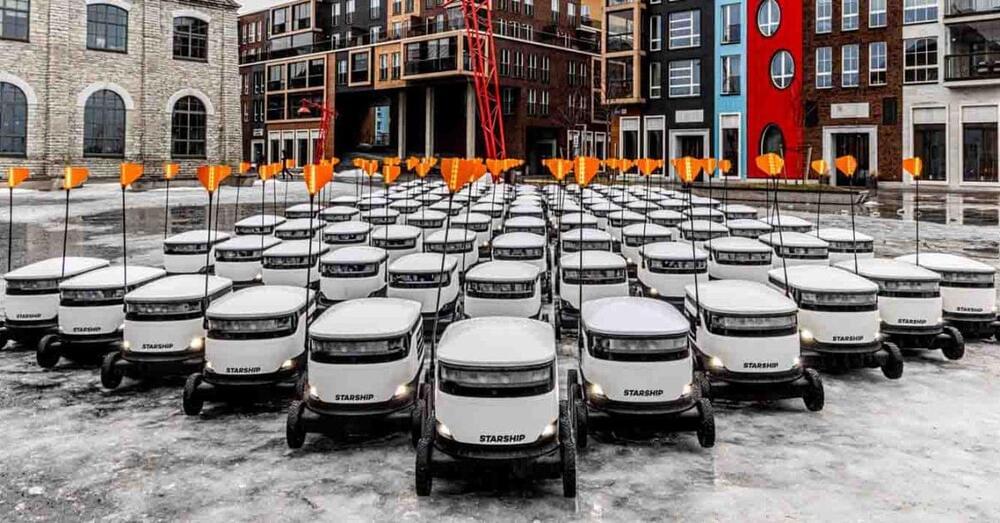
Veteran autonomous delivery robot developer Starship Technologies announced it had raised an additional $90 million in funding to help expand its micro-logistics service to additional territories around the globe.
Starship Technologies was founded in 2014 by Skype co-founders Ahti Heinla and Janus Friis based on the idea that autonomy can help many of the challenges in last-mile deliveries. The company’s L4 autonomous delivery robots have completed over six million trips to date, transporting meals, packages, groceries, and important documents to students and other customers.
In August 2023, that mileage total was five million, operating in 30 different areas. Today, Starship’s robots have expanded to 80 locations worldwide, including the US, UK, Germany, Denmark, Estonia, and Finland.
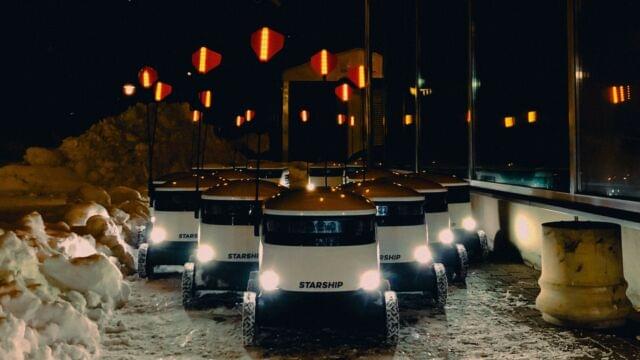
Sidewalk delivery robot services appear to be stalling left and right, but a pioneer in the concept says it is profitable and has now raised a round of funding to scale up to meet market demand. Starship Technologies, a startup out of Estonia that was an early mover in the delivery robotics space, has picked up $90 million in funding as it works to cement its position at the top of its category.
This latest investment round is being co-led by two previous backers: Plural, the VC with roots in Estonia and London that announced a new $430 million fund last month; and Iconical, the London-based investor backed by Janus Friis, the serial entrepreneur who was a co-founder of Skype, and who is also a co-founder of Starship itself.
It brings the total raised by Starship to $230 million, with previous backers including the Finnish-Japanese firm NordicNinja, the European Investment Bank, Morpheus Ventures and TDC.
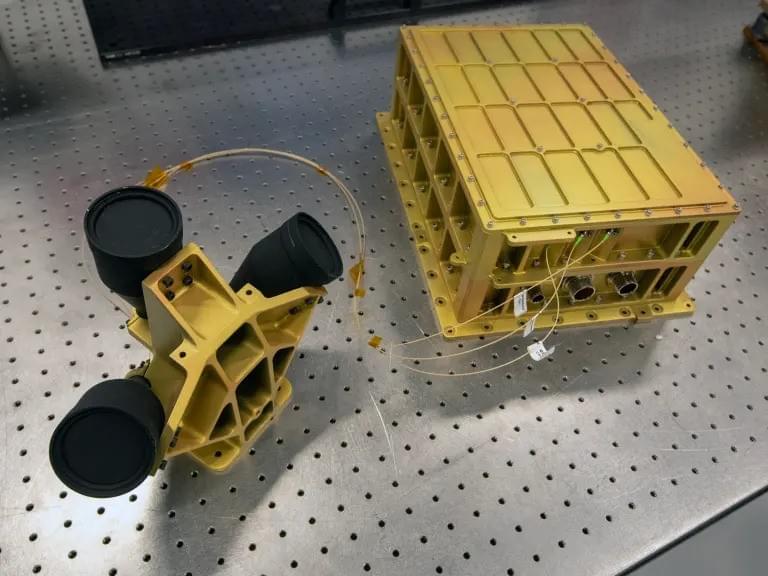
Read about NASA’s new instrument for landing on other worlds!
Landing on planetary bodies is both risky and hard, and landing humans is even riskier and harder. This is why technology needs to be developed to mitigate the risks associated with landing large spacecraft on the Moon and other planetary bodies we plan to continue exploring, both in the near and distant future. This is what makes the Nova-C lunar lander from Intuitive Machines—which is scheduled to launch to the Moon on February 13 and also called Nova-C (IM-1) —so vital to returning humans to the Moon. One of its NASA science payloads will be the Navigation Doppler Lidar (NDL), which will serve as a technology demonstration for future landers to help them navigate risky terrain and land safely.
Image of the Navigation Doppler Lidar which will be a technology demonstration during the IM-1 mission. (Credit: NASA/David C. Bowman)
When NASA was landing robots on Mars in the 1990s and 2000s, they discovered that radar and radio waves were insufficient for accurate landing measurements, so the engineers had to come up with their own plan to land spacecraft on extraterrestrial worlds.
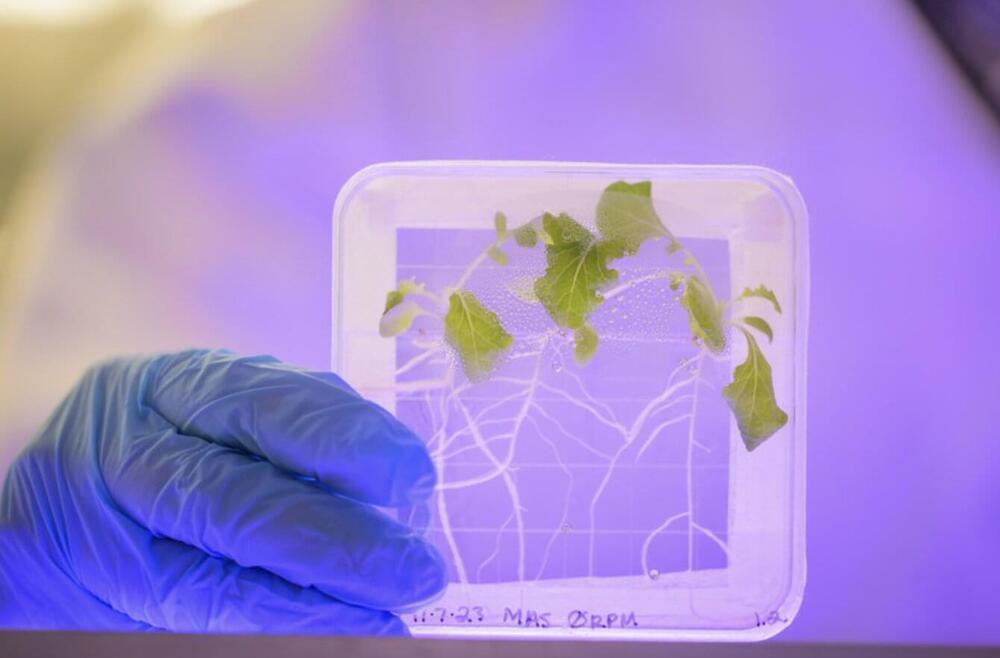
It’s been more than three years since the National Aeronautics and Space Administration made space-grown lettuce an item on the menu for astronauts aboard the International Space Station. Alongside their space diet staples of flour tortillas and powdered coffee, astronauts can munch on a salad, grown from control chambers aboard the ISS that account for the ideal temperature, amount of water and light that plants need to mature.
But there is a problem. The International Space Station has a lot of pathogenic bacteria and fungi. Many of these disease-causing microbes at the ISS are very aggressive and can easily colonize the tissue of lettuce and other plants. Once people eat lettuce that’s been overrun by E. coli or Salmonella, they can get sick.
With billions of dollars poured into space exploration each year by NASA and private companies like SpaceX, some researchers are concerned that a foodborne illness outbreak aboard the International Space Station could derail a mission.